
 The combat is really satisfying.
The combat is really satisfying.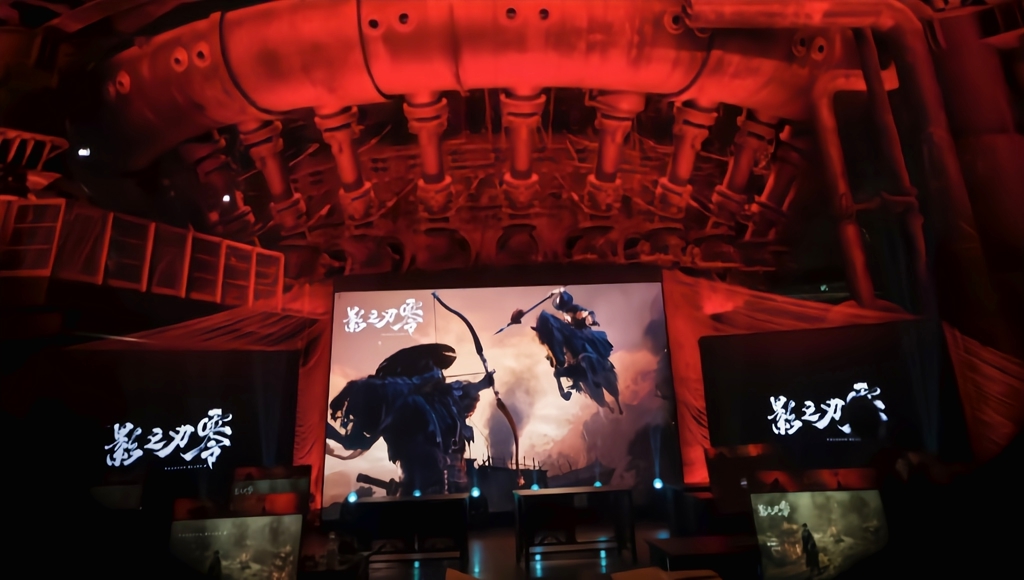
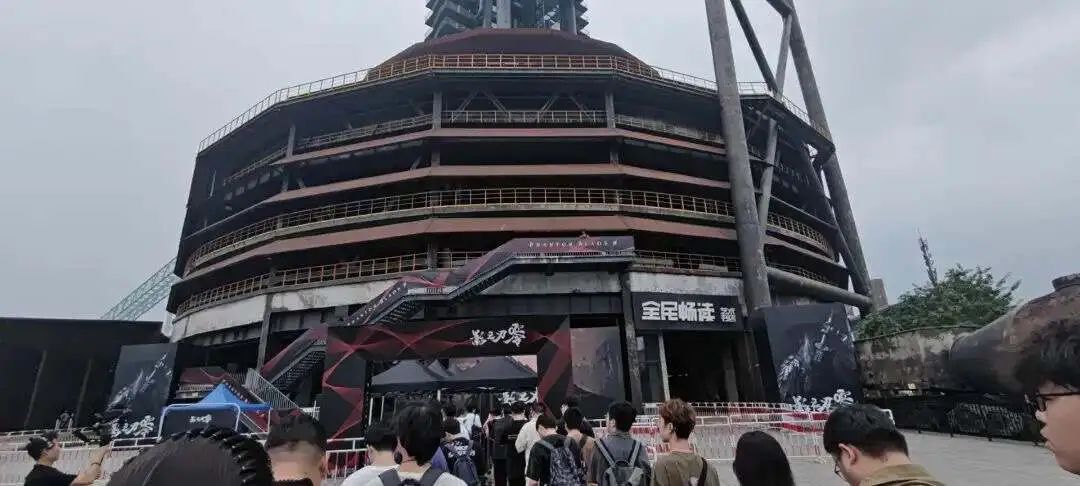
Part of his reasoning at the time was that the team—and himself—had finally reached a point where they could tackle such an endeavor, and Black Myth: Wukong had proven the potential of China’s domestic single-player market. They were confident Phantom Blade Zero wouldn’t flop.
But as an observer, I believe this stems more from Phantom Blade Zero’s focus on interpreting martial arts through action, carving out a distinctly Chinese path in the action game (ACT) genre—one as significant for domestic 3A innovation as Black Myth: Wukong was for "Soulslike" games.

Truly "Satisfying Combat"
Over the past two days, full playthroughs of Phantom Blade Zero’s demo have circulated online. Even a quick glimpse of its combat clips is enough to impress. Simply put, combat is Phantom Blade Zero’s standout.
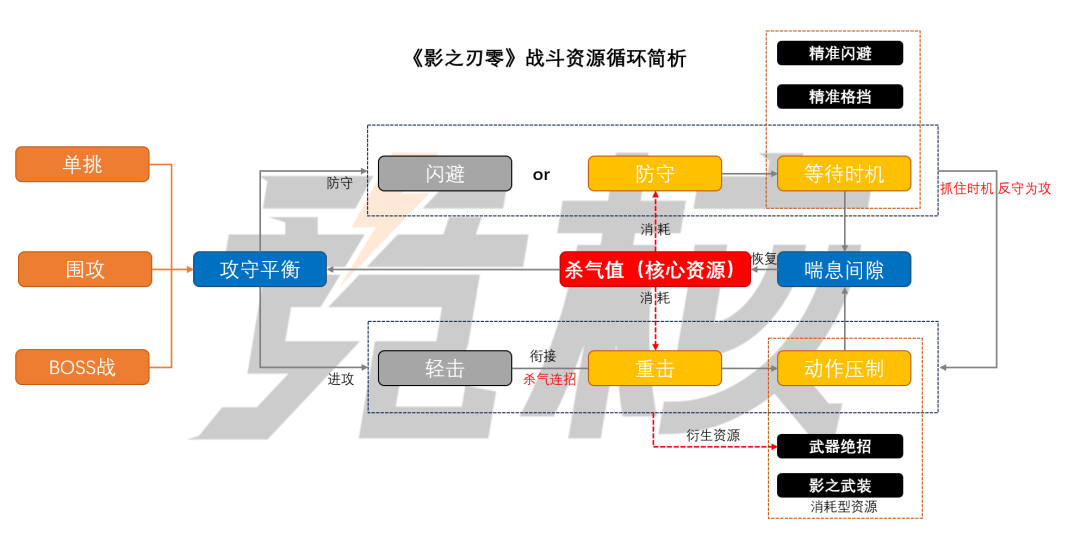
Over the past two days, full playthroughs of Phantom Blade Zero’s demo have circulated online. Even a quick glimpse of its combat clips is enough to impress. Simply put, combat is Phantom Blade Zero’s standout.
After an hour of play, I can honestly say the game has forged a new, distinctly martial arts-inspired path in high-speed action gaming.
It draws on elements of Chinese martial arts: the interactive "countering moves with moves," and the visual appeal of "balance between motion and stillness, offense and defense." It strikes a fresh balance between playability and spectacle. Controls are straightforward: left-click for light attacks, right-click to block, F for heavy attacks, Shift to dodge, Space to jump, Ctrl for Shadow Armament, Q for weapon specials. Even combo inputs are simple, such as left-click x times + F x times.
Notably, I played entirely with a keyboard and mouse. Unlike some action games that prioritize controller support, Phantom Blade Zero feels surprisingly smooth with keyboard and mouse—polishing this aspect aligns well with domestic players’ preferences.
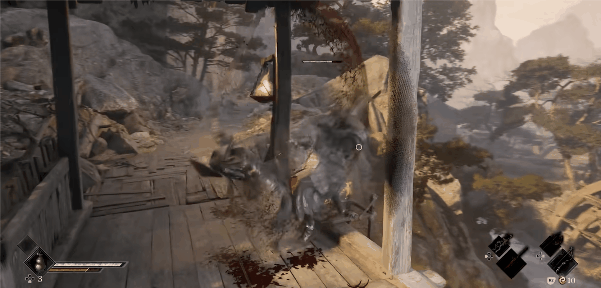
That said, simple basics don’t mean shallow combat or low skill ceilings. The game offers depth through light/heavy attack variations, counter-derived moves, 8 weapons, and 5 Shadow Armaments (all featured in the demo), each with unique move sets reflecting different martial arts styles.
Combat flows with split-second decisions: parries, counters, combos, and executions blend seamlessly. The high-speed action delivers both practicality and flair, leaving you thinking, "That was awesome" long after the fight ends.

Phantom Blade Zero’s action director, Yuen Chee-yan (of the Jackie Chan Stunt Team), previously worked on Wo Long: Fallen Dynasty. But while Wo Long was constrained by its Soulslike roots, Phantom Blade Zero fully unleashes Chinese martial arts’ potential. Its fast-paced combat embodies "speed as the ultimate technique," and each weapon’s moves convey the lethal precision of "kung fu as a killing art"—evoking the gritty world of martial arts lore.

What truly sets it apart is that its combat feels unlike any other game.
In high-speed action games, Devil May Cry encourages relentless combos and aggressive suppression. Phantom Blade Zero, by contrast, emphasizes "balance between offense and defense." Its robust blocking system lets players counter enemy combos and observe patterns.
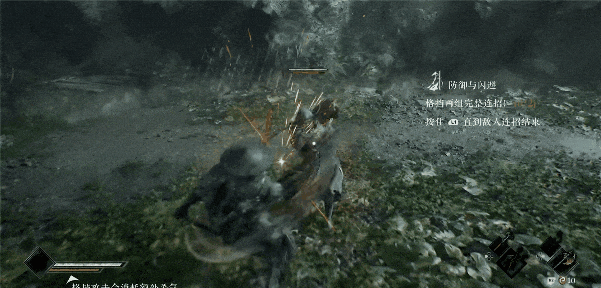
Compared to Ninja Gaiden’s "instant-death" focus on offense or the new God of War’s skill-loop dominance, Phantom Blade Zero adds agility and adaptability. It highlights "switching between offense and defense," offering windows to seize initiative—via precise parries, counters, or weapon specials to overwhelm foes.
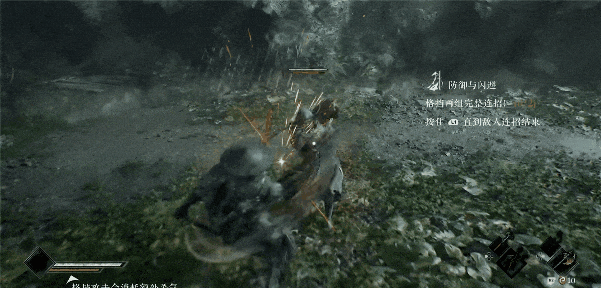
Even Sifu, with its strong Chinese martial arts roots, differs. Thanks to its powerful universal blocking, Phantom Blade Zero avoids rigid move-counter systems that push difficulty toward Soulslike levels. Instead, it focuses on seizing enemy openings to turn the tide.
"Satisfying combat" sums it up best.

Action and Level Design Go Hand in Hand
This wasn’t my first time playing, but I still found myself drawn to the combat. However, the biggest change from previous demos is the inclusion of a complete level.
Despite being a high-speed action game, Phantom Blade Zero’s maps are more complex than many peers. Early sections feature cliffside paths with elevation changes, crisscrossing elevated wooden platforms in military camps, and towers with dense designs. During gameplay, while it’s not as disorienting as Soulslike games, you can definitely feel its design density—and the game’s objective guidance is relatively clear.

As S-Game founder Soulframe noted in a past interview, "ACT games often have complex combat but simple maps; Soulslikes have simple combat but complex maps. We want both." The demo delivers on this.
This complexity stems partly from RPG elements (a progression system was hinted at in post-play surveys, though not shown) and partly from enemy placements across varied terrain, creating distinct combat scenarios:
• Stealth kills using vertical heights
• Close-quarters fights on elevated platforms
• Crowd control against multiple foes in open areas
• Adapting to unique enemy moves (e.g., a hammer-wielding foe’s sand attack)
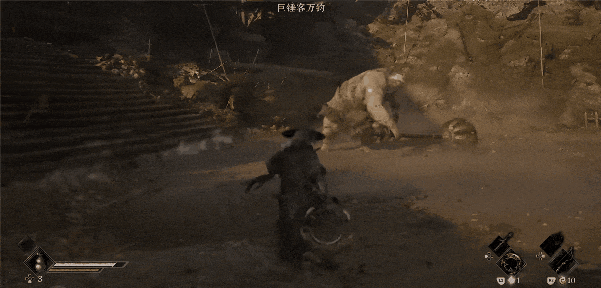
These varied experiences rely on the game’s combat design. Each weapon has distinct traits: swords are balanced, dual blades agile, soft swords tricky, hammers devastating. These fit player expectations while offering solutions to different level challenges.
The game also handles multiple enemies cleverly—counterattacks trigger different animations against single vs. group foes, most notably in the Seven-Star Sword Formation boss fight.
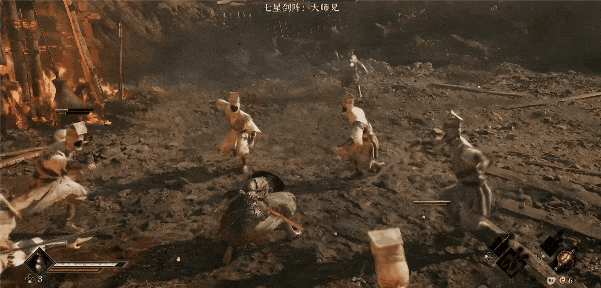
Notably, such design also grants Phantom Blade Zero greater flexibility in level combat design. It neither pads out level content with dense puzzle minigames like the new God of War games, which test players’ patience, nor relies on numerous devious traps to extend players’ clearance time like Soulslike games. Beyond serving the narrative, the game’s levels go out of their way to offer more diverse expressions of "fighting and feeling thrilled."
It’s worth noting that this is merely the demo, which focuses on showcasing the combat aspects of the levels. If combined with the RPG progression elements to be added later—further enhancing resource-driven motivation for players—the variety of level experiences will reach a new height. It may even achieve the high density of level design seen in Soulslike games.
We can see that whether in combat design or level design, the core principle of Phantom Blade Zero is to deliver a "fighting and feeling thrilled" experience for players within the martial arts world of the "Shadow Realm." This is perhaps the most important aspect for players.

A "New Standard" for High-Speed Combat
An hour feels too short to savor Phantom Blade Zero’s combat, yet it packs enough to showcase its depth in action, level design, and storytelling—all building its martial arts cyberpunk world.
Before playing, I’d seen debates online: "Just another Soulslike" or "Not as good as X." But after experiencing it firsthand, hearing praise from players (Chinese and foreign alike) reacting to its thrills, I’m convinced: Phantom Blade Zero is one of a kind.
If Black Myth: Wukong established domestic 3A credibility by blending staff-based combat with Soulslike mechanics, Phantom Blade Zero could redefine high-speed action games with Chinese characteristics.
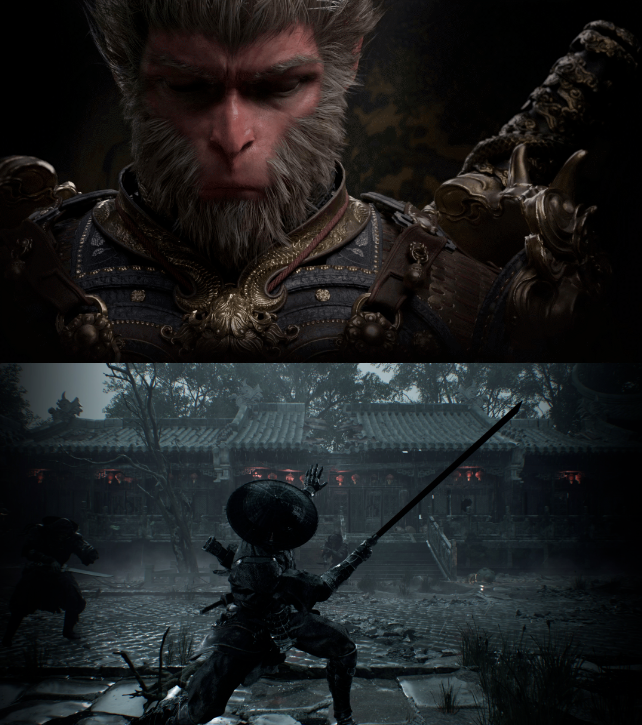
It may draw from Devil May Cry and Ninja Gaiden, but its actual feel and style are distinct. Globally, few games blend Chinese martial arts and steampunk into such direct, unadulterated combat satisfaction.
Soulframe once said in an interview that, in terms of expressing and preserving kung fu culture, the French-developed Sifu felt more authentic than most Chinese games. During Phantom Blade Zero’s development, the team researched traditional martial arts schools, thinking: "These traditions are incredible—if no one else will showcase them, we will."
Based on the current demo, Phantom Blade Zero fulfills players’ visions of a "Shadow Realm" martial arts world. Like Black Myth: Wukong, it’s a rare, high-quality domestic action game.
Rather than debating "success or failure," I’m confident Phantom Blade Zero’s unique take on martial arts cyberpunk will mark a valuable, pioneering chapter in action game history.
At last year’s Gamescom, I told Soulframe, "Let’s see how Chinese martial arts cyberpunk conquers foreign players." This weekend’s event, with its global turnout, suggests that vision is coming true.
Truly, the future looks bright.

本文系作者Gui Zhiwei授权竞核发表,并经竞核编辑,转载请注明出处、作者和本文链接。想和千万竞核用户分享你的新奇观点和发现,点击这里投稿。